Clifford J. Rogers believes the Battle of Agincourt (1415) is “probably the most richly documented of all medieval battles,” but nothing beats visiting the actual battlefield.
Here is what you can expect if you visited Agincourt today.
The people of Agincourt do not hide the fact that tourists streaming through their town are there for the battle. There is a Medieval Times feel, as cartoonish wooden props are sprinkled throughout the town. It may seem hokey, but I am sure kids love it. Military History requires some imagination, so just ignore it!
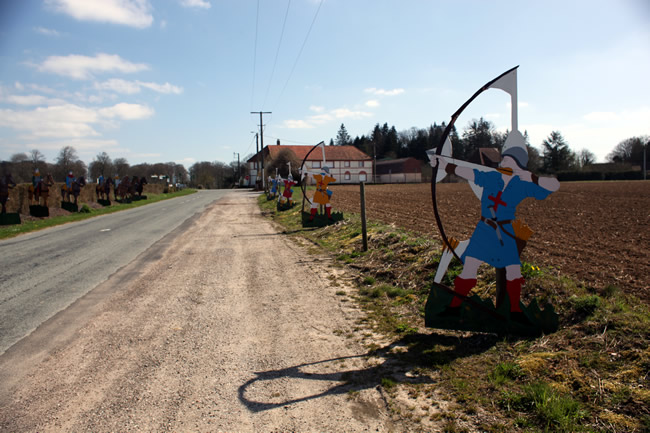
There is an extensive battle museum with interactive exhibits, videos, and relics from the period. I spent over an hour going through everything.
Among the relics is the only archaeological discovery from the battlefield, a French spur found in 1936. This alone is worth the price of admission.

Some of the exhibits in the museum are geared toward kids, but adults can enjoy them too. However, I am not sure who the target audience is in some instances. For example, the statue of Henry V with a projected face, quoting Shakespeare was odd. Unfortunately, the projection of Henry’s face was slightly off, producing a horrific effect that made him look like he had a stroke.
As for the battlefield, you have to be tenacious if you want to do more than drive around it. The map the museum hands out has you do a circle around the battlefield. Notice the clashing swords in the center of the map with no indication of where to park and walk out to that spot.
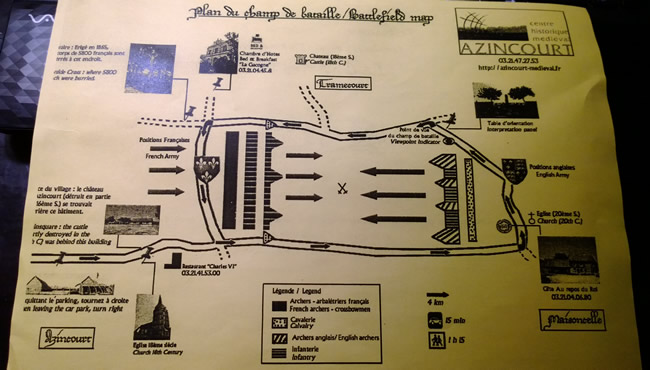
The kind Frenchman running the gift shop in the museum initially refused to tell me the best spot to park in order to trek the battlefield. He was concerned about the “dangerous” streets teaming with cars. I immediately had flashbacks of darting across Market St in downtown Philadelphia. After I pushed him a little, he gave me some tips.
The only monument on the battlefield is a medieval-looking one, erected in 1991. There were other monuments here before, but they fell victim to wars and revolutions of the past 600 years.
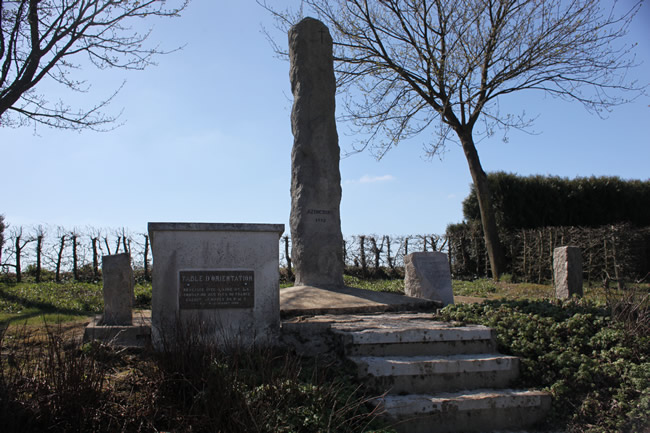
The obelisk bares only the town name and date of the battle. Simple and perfect.
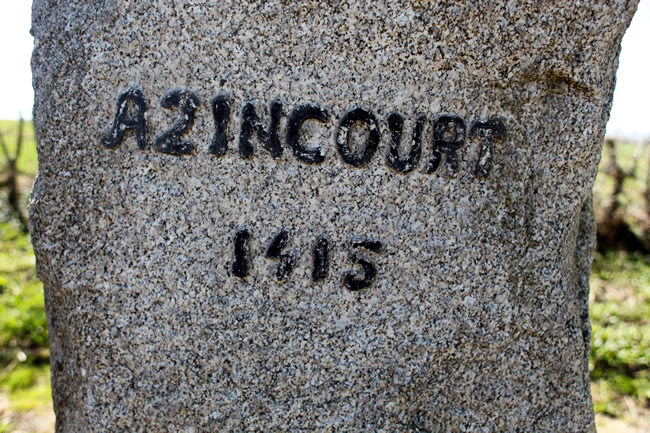
Next to the monument is a map of the battle. While useful for interpretation, the whole setup is roughly 1,000 yards from the actual fighting.
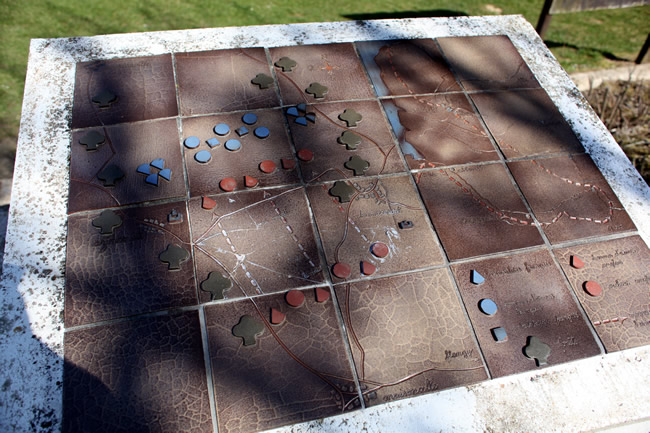
There are two superb spots to see where the action took place. The first spot is on the corner of Hameau de la Gacogne and Rue de Tramecourt. You will need to park your car on the side of the road, cross the street to the west, and get your shoes dirty. This is the intersection.
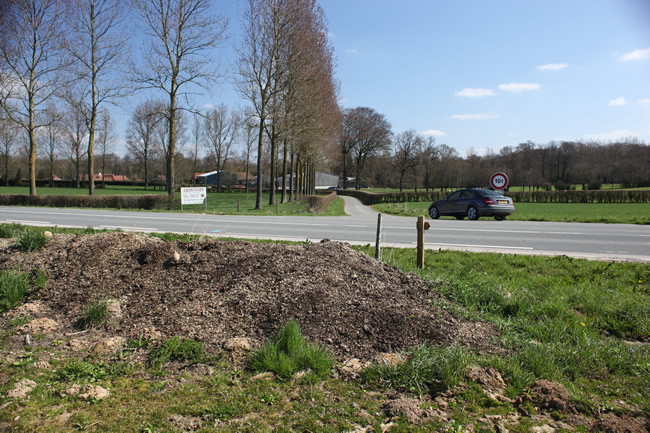
This marks the right flank of Henry V’s initial position on the battlefield. Here, he sat for hours while the French did the same 1,000 yards to the northwest. This would have been his view.
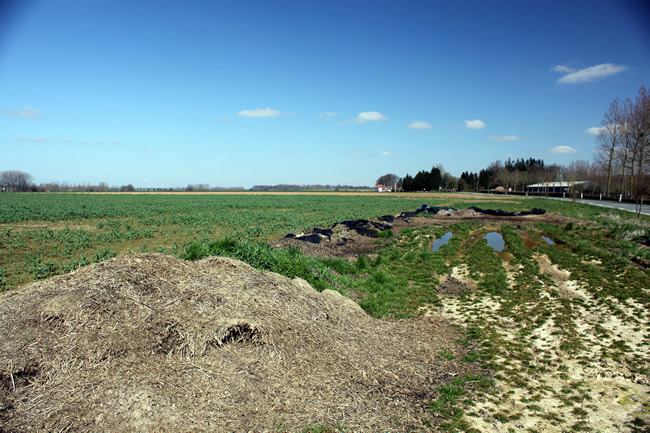
Henry eventually decided to move his line forward so that his longbowmen could be in range of the French knights.
You can access Henry’s second position on Rue Henri V. This is the same view the English longbowmen and men-at-arms would have had as 1,000s of mounted knights charged their way. The longbowmen would have had time to fire roughly 85,000 arrows before the first knight reached the English lines.
Eventually, the French sent in men-at-arms who charged to their death. Estimates vary, but Clifford J. Rogers believes that of roughly 14,000 Frenchmen upwards of 6,000 died. Among the ranks of the English were a mere 8,000 men, inspiring Winston Churchill to rank Agincourt “as the most heroic of all the land battles England has ever fought.”
Recommended Reading
My favorite book on Agincourt is Anne Curry’s The Battle of Agincourt: Sources and Interpretations. Curry breaks down all the known written histories of Agincourt over the centuries, providing English translations and rich commentary on each. If you are looking for something with a little more narrative, her Agincourt: A New History is superb as well. In this work, she provides the latest insights on the numbers of men in service to Henry V.
In terms of a guide book, you cannot beat Agincourt 1415: A Tourist’s Guide to the Campaign by Peter Hoskins and Anne Curry. Along with overviews of the campaign and battle, it provides location details.

